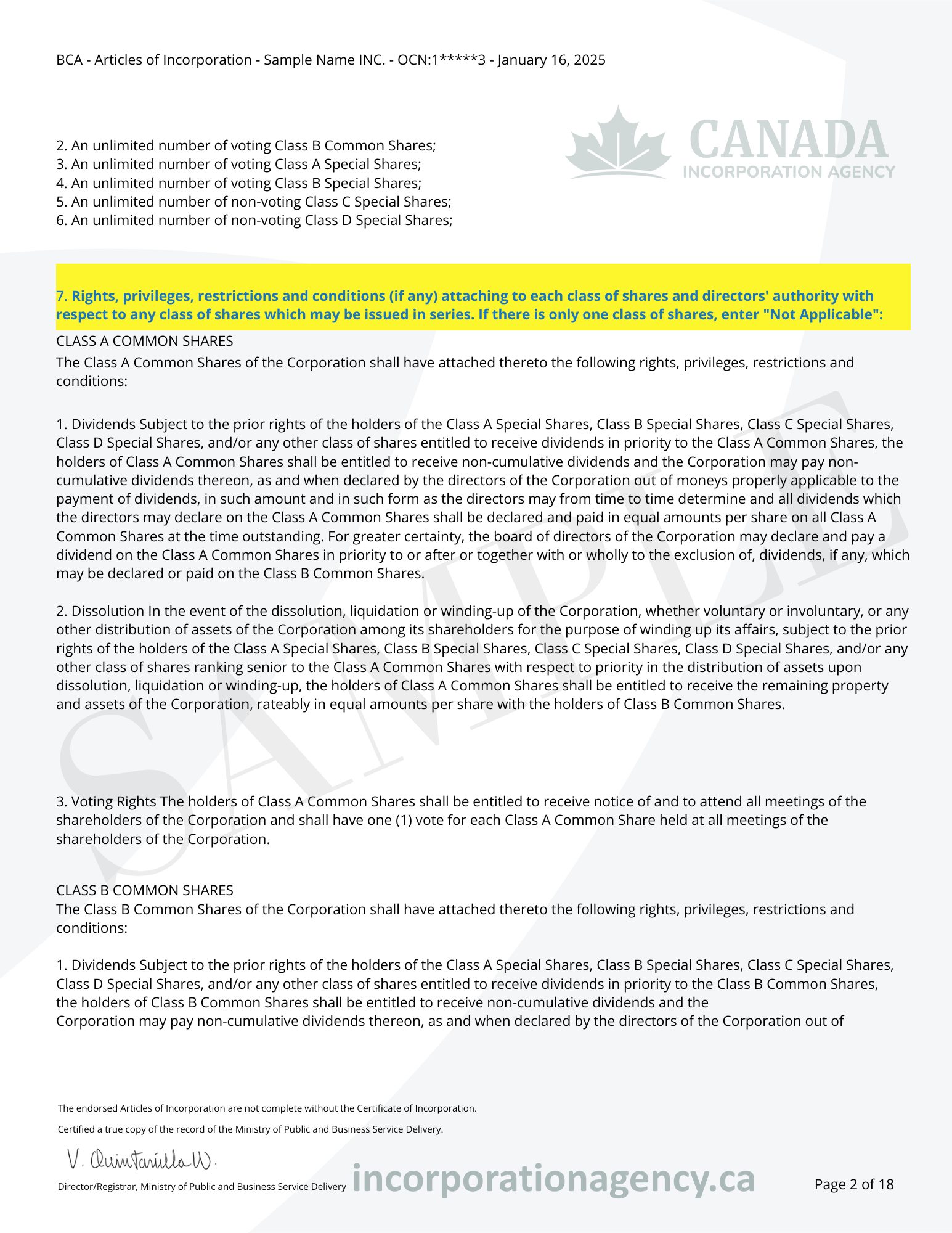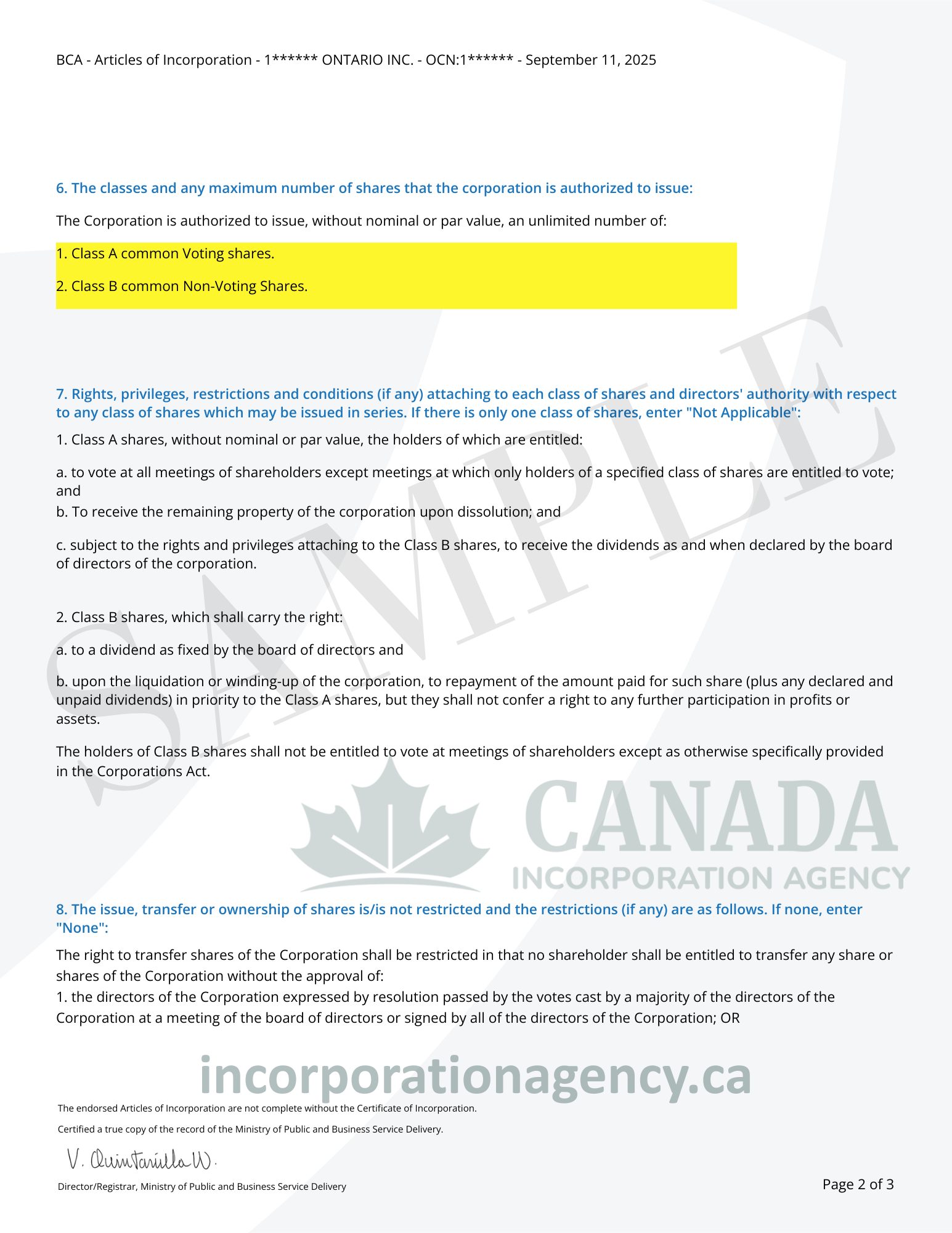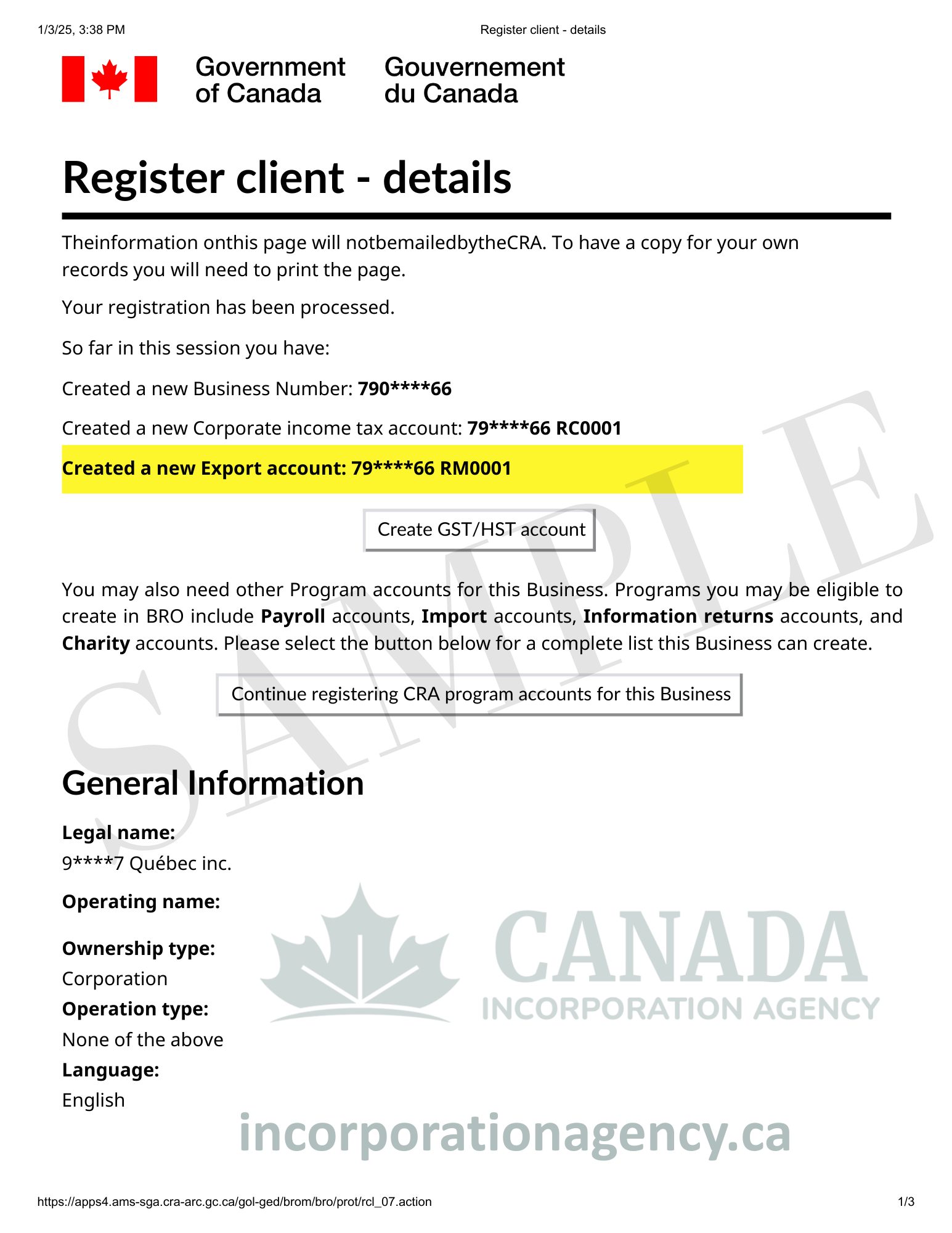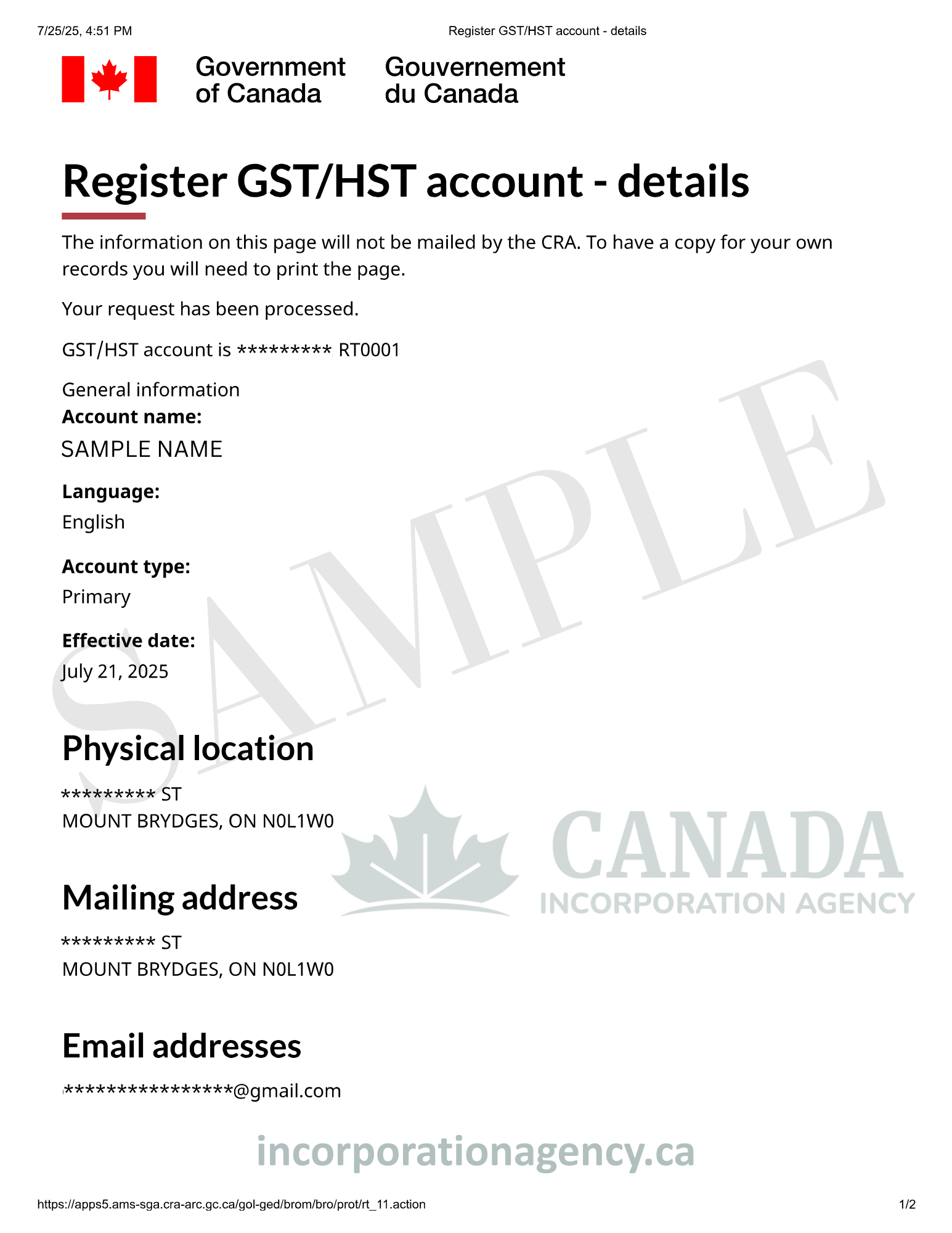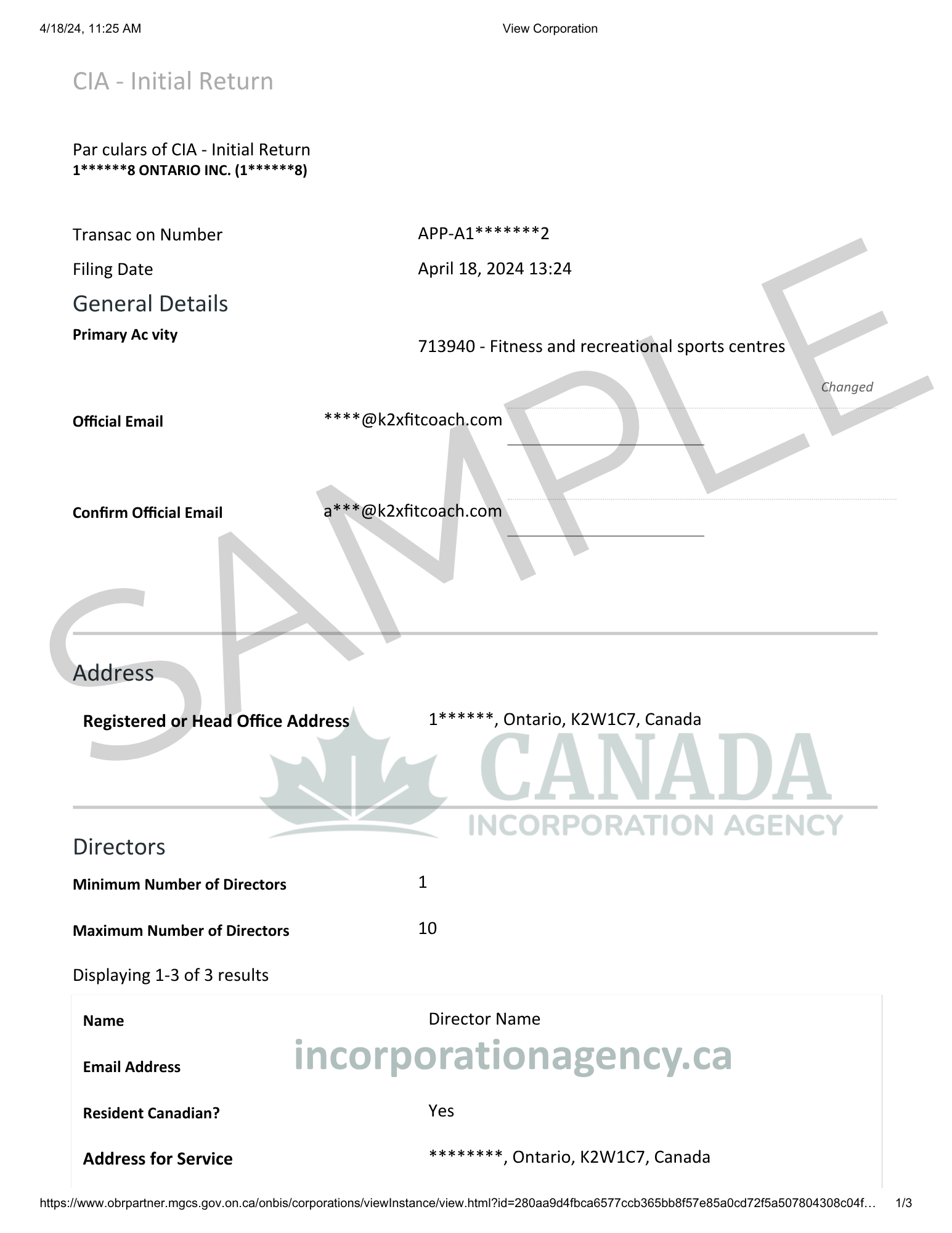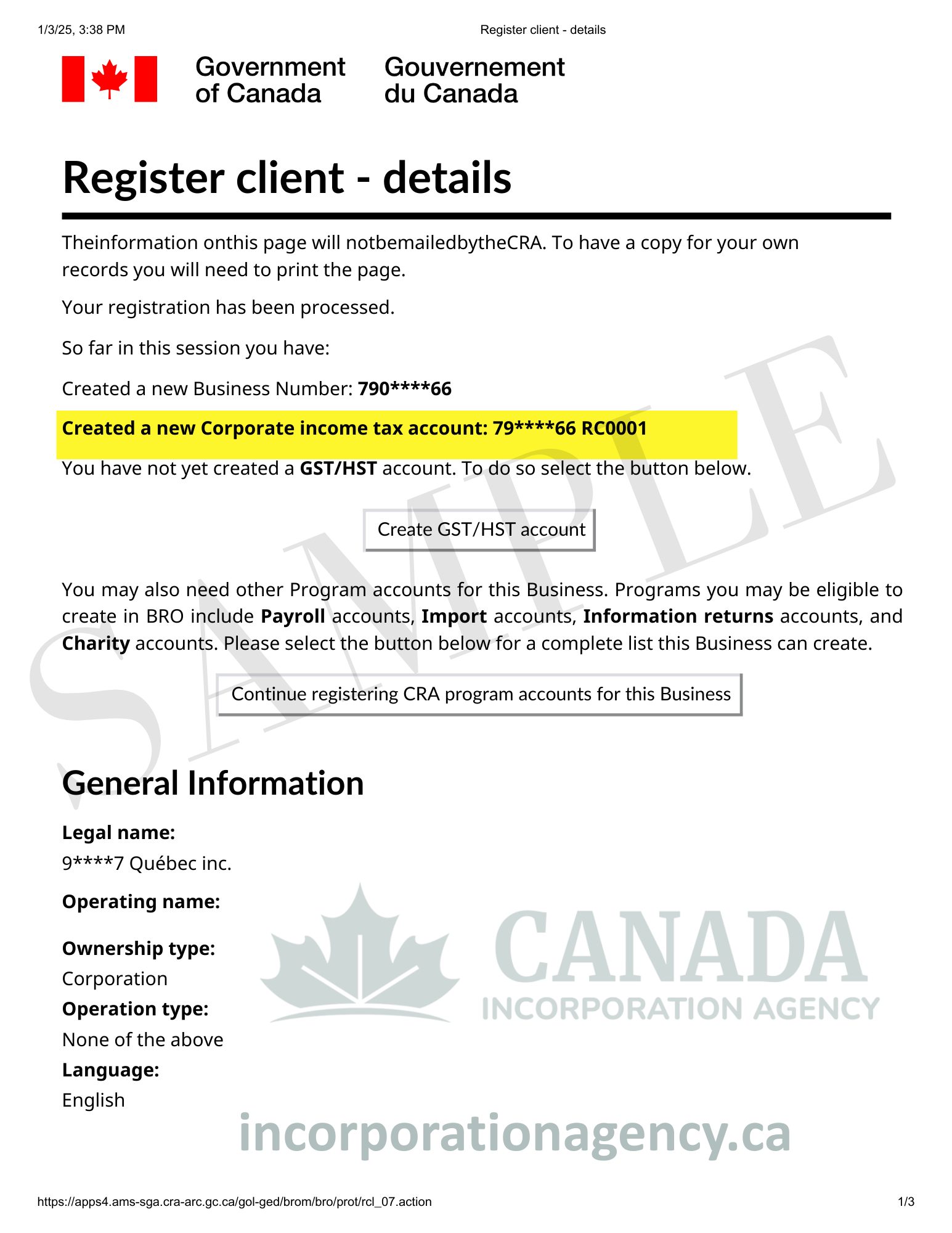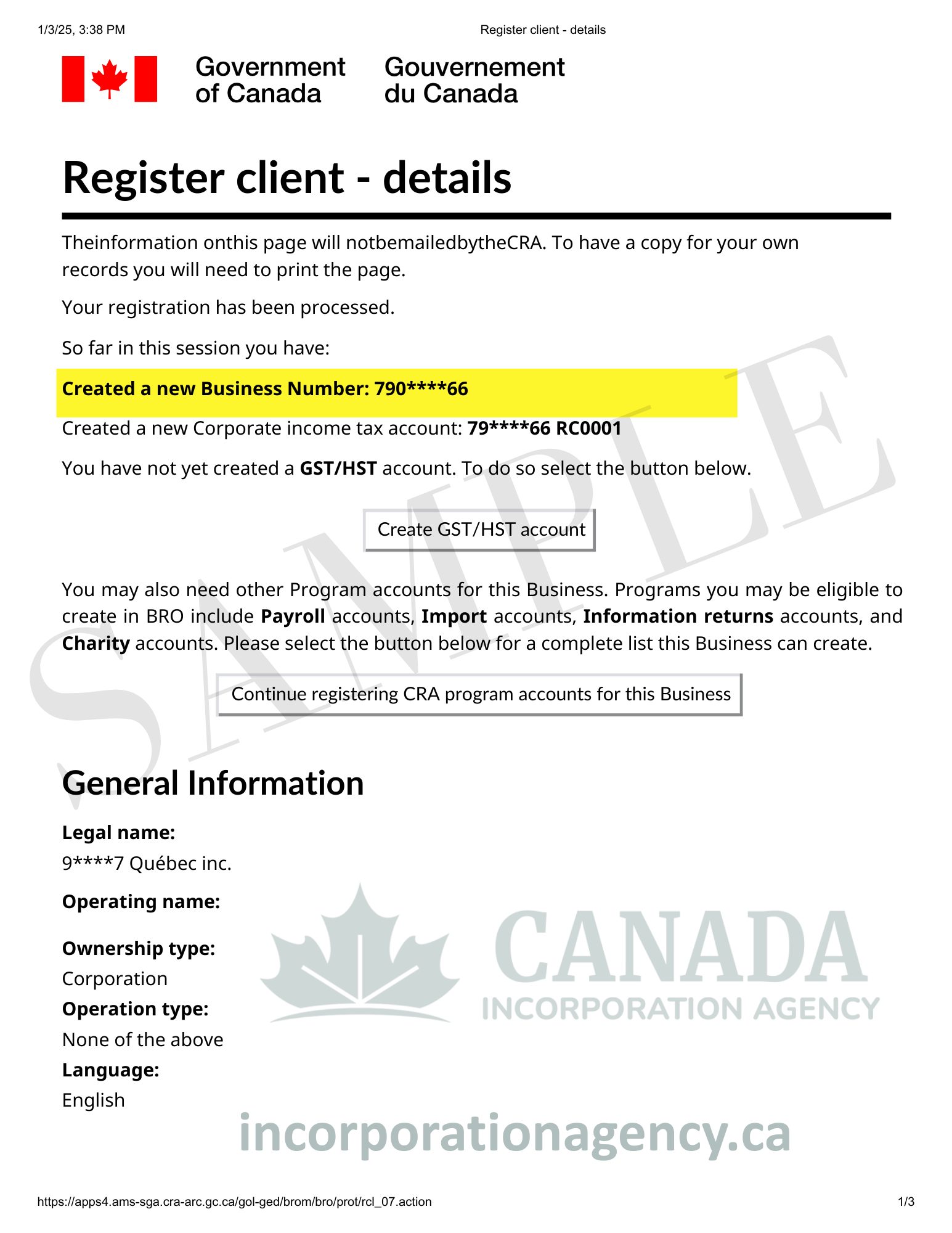So, your business is evolving. Maybe Bob from accounting finally realized he’s better at surfing than running a company, or perhaps Susan wants to cash out her shares to pursue her lifelong dream of opening a cat café. Whatever the reason, you need to change the company director and shareholder information, and you’re probably wondering how complicated this is going to be.
Spoiler alert: It’s not as scary as it sounds, but there are definitely some hoops to jump through. Think of it like updating your relationship status on social media, except with more paperwork and legal consequences. Fun, right?
In this guide, we’ll walk you through everything you need to know about changing directors and shareholders in your company, from the paperwork to the celebrations (because there should always be celebrations when bureaucracy is conquered).
Understanding Directors vs. Shareholders: What's the Difference?
Before we dive into the “how,” let’s make sure we’re all on the same page about the “who.”
Directors: The Decision Makers
Directors are the people who manage your company’s day-to-day operations and make strategic decisions. They’re like the captains of the ship, steering the business toward success (or occasionally toward icebergs, but we don’t talk about that).
Directors have legal responsibilities, including:
- Making major business decisions
- Ensuring the company follows laws and regulations
- Acting in the company’s best interests
- Managing company finances responsibly
Shareholders: The Owners
Shareholders own pieces of your company through shares. They’re the investors who have a financial stake in the business. Think of them as the people who own the ship but aren’t necessarily driving it.
Shareholders typically have rights like:
- Voting on major company decisions
- Receiving dividends (if the company makes money)
- Selling or transferring their shares
- Attending shareholder meetings
Here’s where it gets interesting: The same person can be both a director AND a shareholder. In fact, in small businesses, this is super common. Sarah might own 50% of the company (shareholder) and also run it as a director. It’s like being both the ship owner and the captain – twice the responsibility, twice the fun!
Why Would You Need to Change the Company Director and Shareholder?
Life happens, and businesses change. Here are some common reasons you might need to shuffle your corporate deck:
Director Changes
- Resignation: Someone wants to move on to greener pastures
- Removal: Things aren’t working out (the polite way of saying “they’re fired”)
- Retirement: Time to enjoy those golden years
- Death or incapacity: The sad but inevitable reality
- Adding expertise: Bringing in new talent to level up
Shareholder Changes
- Selling shares: Someone’s cashing out
- Buying additional shares: Increasing ownership stake
- Transferring shares: Gifting or selling to family members
- Investment exits: Investors moving on to their next venture
- Estate planning: Preparing for succession
Whatever your reason, the process to change company director and shareholder details is important to get right. Mess it up, and you could face legal headaches that make a migraine feel like a gentle massage.
How to Change a Company Director
Let’s start with the director changes, because they’re usually more straightforward (though “straightforward” in corporate law is relative).
Step 1: Hold a Board Meeting
First things first – you need to make it official with a board meeting. This doesn’t have to be a fancy affair with leather chairs and mahogany tables. A Zoom call with coffee counts.
During this meeting, you’ll:
- Discuss the director change
- Vote on the change (if required by your bylaws)
- Document the decision in the meeting minutes
Pro tip: Actually write those meeting minutes. Future you will thank present you when the auditors come knocking.
Step 2: Get the Necessary Consents
If you’re adding a new director, they need to formally consent to the appointment. This is usually done with a written consent form. Think of it as their “I do” moment – they’re marrying into your corporate family.
If you’re removing a director, you’ll need their resignation letter (if they’re leaving voluntarily) or documentation of the removal process (if they’re being shown the door).
Step 3: Update Your Corporate Records
Your company’s minute book needs to reflect these changes. This includes:
- Board resolutions approving the change
- Consent forms from new directors
- Resignation letters or removal documentation
- Updated director register
Your minute book is like your company’s diary – keep it up to date, or risk confusion later.
Step 4: File with Government Authorities
Here’s where it varies depending on your location. In Canada, for example:
Federal corporations must file Form 4005 (Notice of Change of Directors) with Corporations Canada within 15 days of the change. The filing fee is currently $99. Canada Incorporation Agency can change the director within a few business hours.
Provincial corporations follow their respective provincial rules. Ontario, for instance, requires filing a Notice of Change within 15 days.
Missing these deadlines can result in fines, which is money better spent on team pizza parties.
Step 5: Update Other Stakeholders
Don’t forget to notify:
- Your bank (they’re picky about who has signing authority)
- Insurance companies
- Lawyers and accountants
- Suppliers with whom you have contracts
- Anyone else who needs to know who’s running the show
How to Change Shareholders and Share Ownership
Shareholder changes can be a bit trickier because money and ownership are involved. You know, the stuff that makes Thanksgiving dinners awkward.
Step 1: Check Your Shareholder Agreement
Before anyone sells, buys, or transfers shares, pull out that shareholder agreement you signed back when the company was founded (you DO have one, right?).
These agreements often include:
- Right of first refusal: Existing shareholders get dibs on buying shares before outsiders
- Drag-along rights: Majority shareholders can force minority shareholders to sell
- Tag-along rights: Minority shareholders can join in when majority shareholders sell
- Transfer restrictions: Rules about who can buy shares
Ignore these provisions, and you’ll be in legal hot water faster than you can say “breach of contract.”
Step 2: Determine the Share Price
If shares are being sold (not just transferred), you need to agree on a price. This can involve:
- Professional valuations
- Formula-based pricing from your shareholder agreement
- Negotiation between parties
- Fair market value assessments
This is where things can get spicy. Everyone thinks their shares are worth more than they probably are. Stay objective, or bring in a neutral third party.
Step 3: Draft a Share Purchase or Transfer Agreement
This legal document outlines:
- The number and type of shares being transferred
- The purchase price (if applicable)
- Payment terms
- Representations and warranties
- Closing date
Get a lawyer involved here. Seriously. DIY might work for furniture, but not for share transfers.
Step 4: Update Corporate Records
Just like with director changes, your corporate records need updating:
- Share transfer ledger
- Share certificates (issue new ones, cancel old ones)
- Securities register
- Shareholder register
Think of this as updating your company’s family tree.
Step 5: File the Necessary Documents
Depending on your jurisdiction, you may need to file:
- Notices of share transfer
- Updated annual returns
- Securities filings (if you’re a public company or have certain types of investors)
Step 6: Handle the Tax Implications
Here’s the fun part (and by “fun,” I mean “potentially expensive”): share transfers often have tax consequences.
Sellers might face:
- Capital gains tax
- Business income tax (in some cases)
Buyers might need to consider:
- Financing arrangements
- Tax basis for future sales
Consult with an accountant before proceeding. Trust me, the CRA is not forgiving when it comes to unreported share sales.
Making Changes to Both Directors and Shareholders Simultaneously
Sometimes you need to change company director and shareholder information at the same time. Maybe Bob is both a director and a shareholder, and he’s exiting completely to pursue that llama farm he’s always dreamed about.
In this case, you’ll:
- Follow both processes in parallel: Handle the director resignation and share transfer separately but concurrently
- Coordinate timing: Make sure everything aligns so you’re not left with gaps in management or ownership
- Update all records together: Efficiency for the win!
- File all necessary documents: Don’t miss any government filings
Important: Make sure your company always has at least one director. Running a company with zero directors is like driving a car with no steering wheel – technically possible for a moment, but disaster is imminent.
Real-World Impact of Director and Shareholder Changes
Let’s talk about what happens when you do this right (and wrong).
Success Story: The Smooth Transition
TechStart Inc. had three founders. After five years, one founder wanted to exit and travel the world. They:
- Had a clear shareholder agreement from day one
- Followed the proper process to change company director and shareholder information
- Got professional legal and accounting advice
- Communicated clearly with all parties
- Filed all necessary paperwork on time
Result? The exiting founder got fair value for their shares, the remaining founders smoothly took over their director duties, and everyone stayed friends. They even still share memes in their group chat.
Cautionary Tale: The Messy Exit
Retail Ventures Ltd. wasn’t so lucky. When a shareholder wanted to leave:
- They had no shareholder agreement
- No one could agree on share valuation
- They missed filing deadlines
- Banking authority wasn’t updated for six months
- Tax implications were ignored
Result? Lawyers got involved, friendships were destroyed, and the company nearly collapsed from the internal chaos. Don’t be like Retail Ventures Ltd.
Final Thoughts
Look, I won’t lie to you – changing directors and shareholders involves paperwork, deadlines, and attention to detail. It’s not exactly a beach vacation. But with proper planning, professional advice, and a systematic approach, it’s totally manageable.
The key is preparation. Have your corporate documents organized, maintain good records, communicate clearly with all parties, and don’t try to cut corners. The few hundred (or thousand) dollars you spend on legal and accounting advice now will save you tens of thousands in problems later.
Remember: your company is a living, breathing entity (legally speaking, anyway). As it grows and evolves, changes to leadership and ownership are natural. Embrace the change, follow the proper procedures, and keep your corporate house in order.
Now go forth and change company director and shareholder information like the responsible business owner you are! And maybe celebrate afterward with a nice dinner – you’ve earned it. Just save the receipt; it might be tax-deductible.
Frequently Asked Questions
How long does it take to change a company director?
The actual process can be completed in a day if you have everything ready. However, you must file with government authorities within 15 days (in most Canadian jurisdictions). Government processing typically takes 1-2 weeks.
Can a company operate without directors?
No! Every company must have at least one director at all times. In Canada, federal corporations must have at least 25% of their directors be Canadian residents.
Do I need a lawyer to change directors or shareholders?
While not legally required for simple changes, it’s highly recommended. A Canada Incorporation Agency filing agent will ensure you follow proper procedures, comply with your corporate documents, and avoid legal pitfalls. For shareholder changes involving share transfers, legal advice is especially important.








